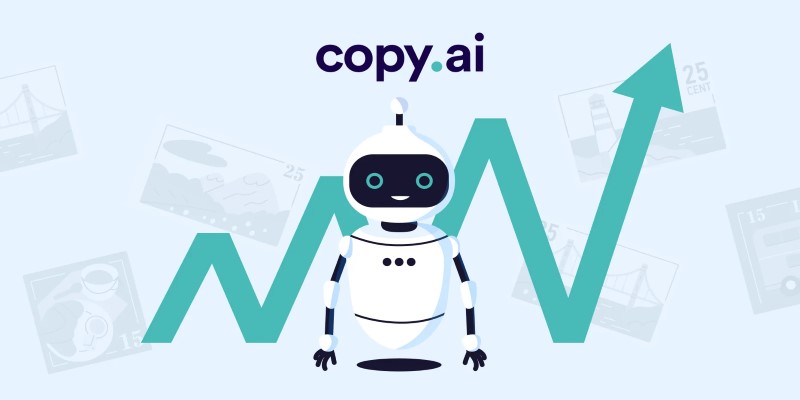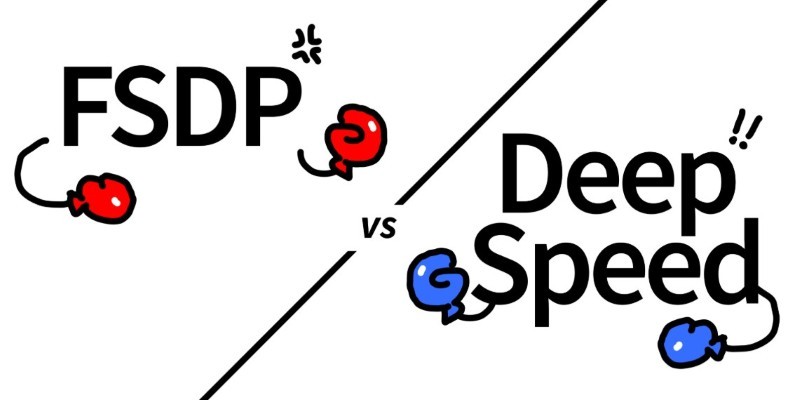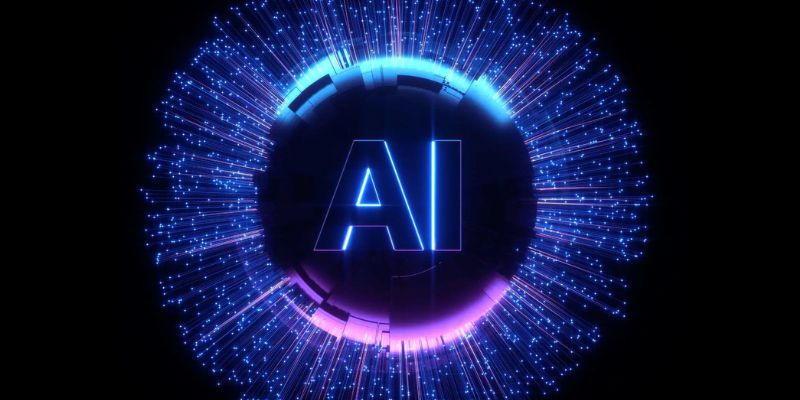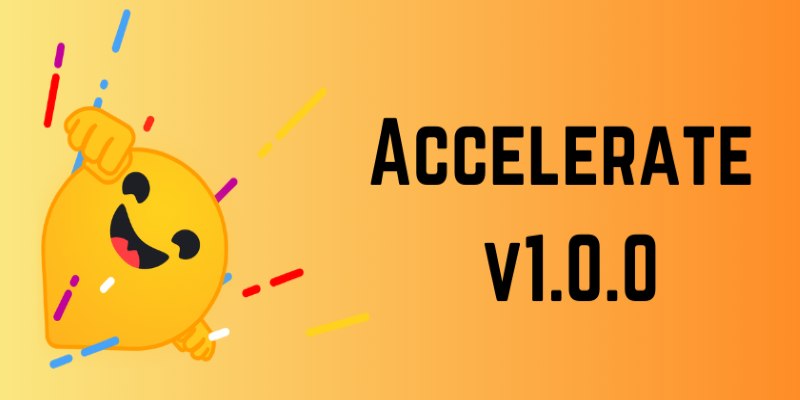Advertisement
Generative AI is moving fast, but some startups are clearly ahead of the curve. Instead of just analyzing or sorting data, these companies are teaching machines to create—whether it's writing, design, video editing, or coding. What makes these startups stand out isn't just what their technology can do but how it's being used right now by teams, creators, and businesses. Each one has taken a different angle, but all of them show how AI can do more than just respond—it can invent.
Anthropic designs language models that respond thoughtfully and behave reliably. Their model, Claude, is trained with what they call "constitutional AI"—a technique that enables it to follow guidelines without constant human correction. Claude handles long documents, summaries, casual conversations, and more with a tone that's measured and safe. That's important to companies looking for models that don't take wild turns or deliver off-brand answers. Anthropic is making progress by putting trust and consistency first.

Cohere builds language models that are easy to add to products. Their platform is centered around fast, affordable access to tools for search, summarization, classification, and content generation. With strong performance and solid infrastructure, Cohere appeals to developers who want results but don’t want to manage models themselves. The company has earned attention by making high-performance AI available through a clean API—without locking customers into one ecosystem.
Runway helps creators turn simple ideas into professional visuals. Their platform is packed with AI tools for editing videos, generating images from prompts, and removing objects from scenes. Editors and designers use it to speed up their workflow or test ideas before committing to hours of manual effort. Runway’s models make it possible to sketch an idea in words and see a visual version appear in seconds. For creators working under deadlines, that kind of speed can be a game changer.
Hugging Face is the go-to hub for developers working with generative AI. It hosts thousands of open-source models and datasets, all organized and documented by a growing community. From text generation to image synthesis, researchers and teams can browse, test, and deploy models directly through the platform. Their Transformers library has become a standard tool across the industry. Hugging Face doesn’t just provide models—it connects the people who build and improve them.
Luma AI turns basic photos into 3D visuals you can move through. With just a smartphone, users can capture objects or scenes and see them rebuilt as interactive models. This makes it possible for architects, game designers, or even teachers to work with spatial content quickly. The tool uses AI to fill in what you don't capture so the final result looks full and real. Luma's strength lies in turning something ordinary—like a phone snapshot—into something with depth and motion.

Copy.ai is designed for fast and functional writing. Marketing teams use it to brainstorm taglines, write emails, and outline content ideas. Instead of generic filler, the tool adjusts to your goals and brand tone, helping teams keep up with deadlines and campaigns. It's not meant to replace writers—but it does take the pressure off when staring at a blank page. Copy.ai has found its place with people who need quick, usable text without giving up control.
Jasper offers structured writing tools with a clear focus on business content. From product descriptions to ad campaigns, Jasper delivers options based on brand voice and messaging needs. It also includes a feature that remembers tone, writing style, and preferred formats. This makes it easier for companies to generate a lot of content that still sounds like them. Jasper’s users range from solo creators to enterprise teams trying to keep things consistent across channels.
Synthesis AI creates high-quality synthetic images for training computer vision systems. Rather than collecting real-world data—which can be expensive or limited—they generate environments where every object is labeled and customizable. This allows companies building autonomous systems to train their models with thousands of detailed, scenario-specific examples. Their synthetic approach gives developers more control over what their models learn and how quickly they can improve them.
Ghostwriter is Replit’s AI coding assistant, designed to work right inside its browser-based IDE. It suggests completions, catches errors, and explains how code works as you write it. Whether you're building a full app or learning how to write a function, Ghostwriter stays available without interrupting your flow. Unlike other coding AIs that rely on separate tools, this one is built into the editor, so everything stays in one place.
Mistral AI creates compact, open-weight models for language generation and reasoning. They've quickly gained attention for models that compete with larger systems but with smaller footprints and more transparent architecture. Companies that want high performance without relying on expensive infrastructure often look to Mistral. Their focus on speed, openness, and practical deployment makes them one of the most efficient teams in the space right now.
Typeface offers generative AI tools designed for brand-safe content creation. What sets it apart is its ability to learn a company's voice, visual style, and messaging rules—and then apply them automatically across different content formats. Teams use it to produce social posts, product copy, visuals, and internal documents that stay consistent with brand identity. Typeface appeals to larger organizations that need content at scale but can't afford to lose that on-brand feel. It helps companies move faster without losing who they are.
These ten startups aren’t just exploring what generative AI could do—they’re showing what it does every day. Whether it's helping a developer write cleaner code, a marketer draft better content, or a designer build visuals from a single idea, these tools make AI feel useful and accessible. And while each startup is taking a different path, they're all pointing to the same idea: creation is no longer limited to what we can do by hand. Machines are helping shape the work now—sometimes even starting it.
Advertisement

Learn different ways of executing shell commands with Python using tools like os, subprocess, and pexpect. Get practical examples and understand where each method fits best

How Hugging Face Accelerate works with FSDP and DeepSpeed to streamline large-scale model training. Learn the differences, strengths, and real-world use cases of each backend

Discover how Case-Based Reasoning (CBR) helps AI systems solve problems by learning from past cases. A beginner-friendly guide

Can a robotic puppy really help ease dementia symptoms? Investors think so—$6.1M says it’s more than a gimmick. Here’s how this soft, silent companion is quietly transforming eldercare

Explore the role of a Director of Machine Learning in the financial sector. Learn how machine learning is transforming risk, compliance, and decision-making in finance

A company developing AI-powered humanoid robots has raised $350 million to scale production and refine its technology, marking a major step forward in humanoid robotics

Sisense adds an embeddable chatbot, enhancing generative AI with smarter, more secure, and accessible analytics for all teams

Discover 26 interesting ways to use ChatGPT in daily life—from learning new skills and writing better content to planning trips and improving productivity. This guide shows how this AI tool helps simplify tasks, boost creativity, and make your workday easier

What Amazon Bedrock is and how AWS’s generative AI service helps businesses access powerful foundation models, customize AI applications, and simplify integration through a single platform

How MobileNetV2, a lightweight convolutional neural network, is re-shaping mobile AI. Learn its features, architecture, and applications in edge com-puting and mobile vision tasks

Discover how AI in the construction industry empowers smarter workflows through Industry 4.0 construction technology advances

Looking for faster, more reliable builds? Accelerate 1.0.0 uses caching to cut compile times and keep outputs consistent across environments